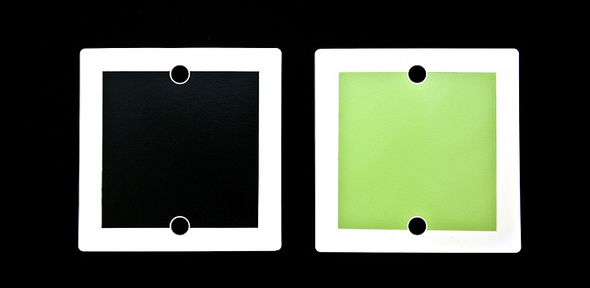Fuel cell electrolyte developed to offer cleaner, more efficient energy

A new thin-film electrolyte material that helps solid oxide fuel cells operate more efficiently and cheaply than those composed of conventional materials, and has potential applications for portable power sources, has been developed at the University of Cambridge.
These new materials offer the possibility of either significantly improving the efficiency of current high-temperature fuel cell systems, or achieving the same performance levels at much lower temperatures. Either of these approaches could enable much lower fuel consumption and waste energy. The material was co-invented by Professor Judith Driscoll of the Department of Materials Science and Metallurgy and her colleague Dr Shinbuhm Lee, with support from collaborators at Imperial College and at three different labs in the US.
Solid oxide fuel cells are comprised of a negative electrode (cathode) and positive electrode (anode), with an electrolyte material sandwiched between them. The electrolyte transports oxygen ions from the cathode to the anode, generating an electric charge. Compared to conventional batteries, fuel cells have the potential to run indefinitely, if supplied by a source of fuel such as hydrogen or a hydrocarbon, and a source of oxygen.
By using thin-film electrolyte layers, micro solid oxide fuel cells offer a concentrated energy source, with potential applications in portable power sources for electronic consumer or medical devices, or those that need uninterruptable power supplies such as those used by the military or in recreational vehicles.
"With low power requirements and low levels of polluting emissions, these fuel cells offer an environmentally attractive solution for many power source applications," said Dr Charlanne Ward of Cambridge Enterprise, the University's commercialisation arm, which is managing the patent that was filed in the US. "This opportunity has the potential to revolutionise the power supply problem of portable electronics, by improving both the energy available from the power source and safety, compared with today's battery solutions."
In addition to providing significantly improved conductivity, the new electrolyte material offers:
- minimal heat loss and short circuiting due to low electronic conductivity
- minimal cracking under heat cycling stress due to small feature size in the construction
- high density, reducing the risk of fuel leaks
- simple fabrication using standard epitaxial growth and self-assembly techniques
"The ability to precisely engineer and tune highly crystalline materials at the nanoscale is absolutely key for next-generation power generation and storage of many different kinds," said Driscoll. "Our new methods and understanding have allowed us to exploit the very special properties of nanomaterials in a practical and stable thin-film configuration, resulting in a much improved oxygen ion conducting material."
In October, a paper on the enhancement of oxygen ion conductivity in oxides was published in Nature Communications. It is this enhancement that improves efficiency and enables low-temperature operation of fuel cells. As a result of the reported advantages, the novel electrolyte material can also potentially be used in the fabrication of improved electrochemical gas sensors and oxygen separation membranes (to extract oxygen molecules from the air). The inventors have also published two other papers showing the enhanced ionic conduction in different materials systems, one in Nano Letters and one in Advanced Functional Materials.
More information: Sang Mo Yang et al. Strongly enhanced oxygen ion transport through samarium-doped CeO2 nanopillars in nanocomposite films, Nature Communications (2015). DOI: 10.1038/ncomms9588
Shinbuhm Lee et al. Strain Tuning and Strong Enhancement of Ionic Conductivity in SrZrO -RE O (RE = Sm, Eu, Gd, Dy, and Er) Nanocomposite Films , Advanced Functional Materials (2015). DOI: 10.1002/adfm.201404420
Journal information: Nature Communications , Nano Letters , Advanced Functional Materials
Provided by University of Cambridge




















